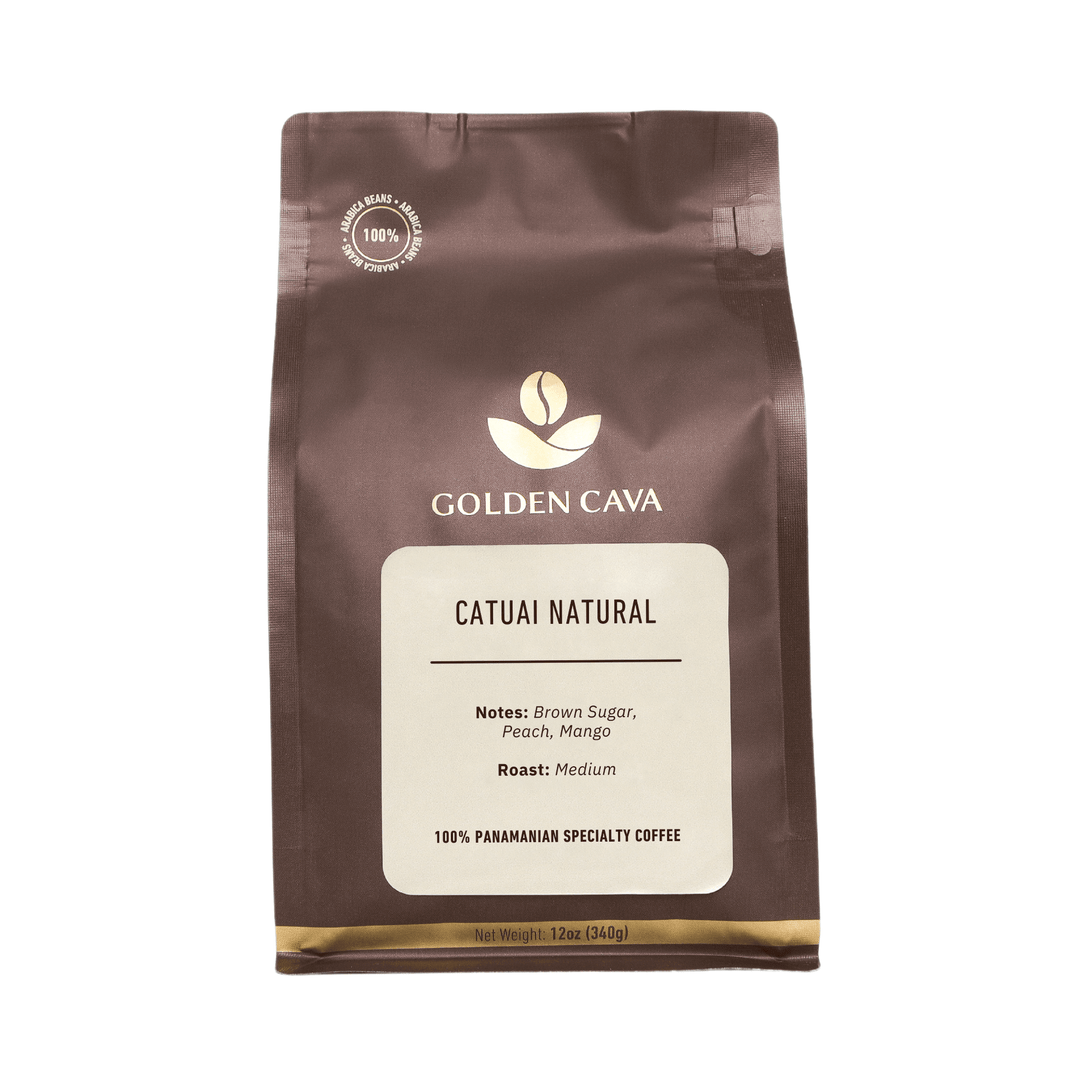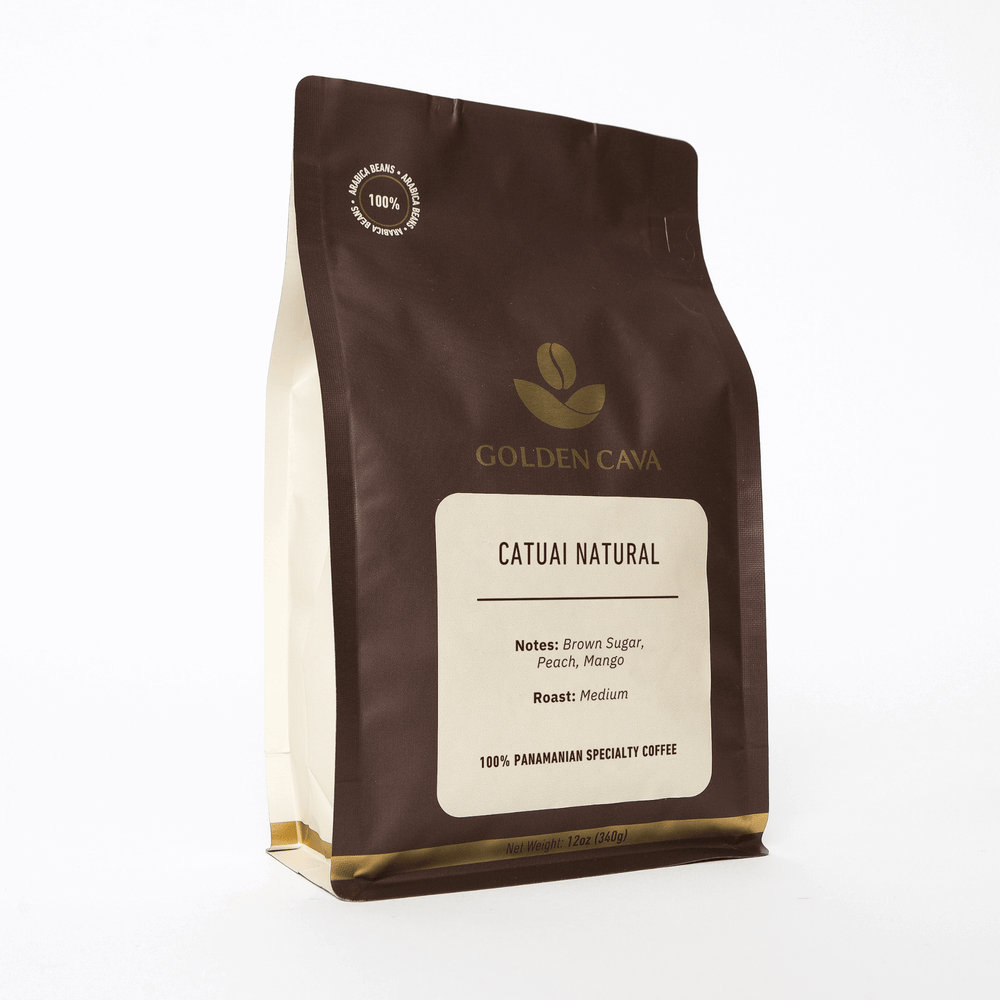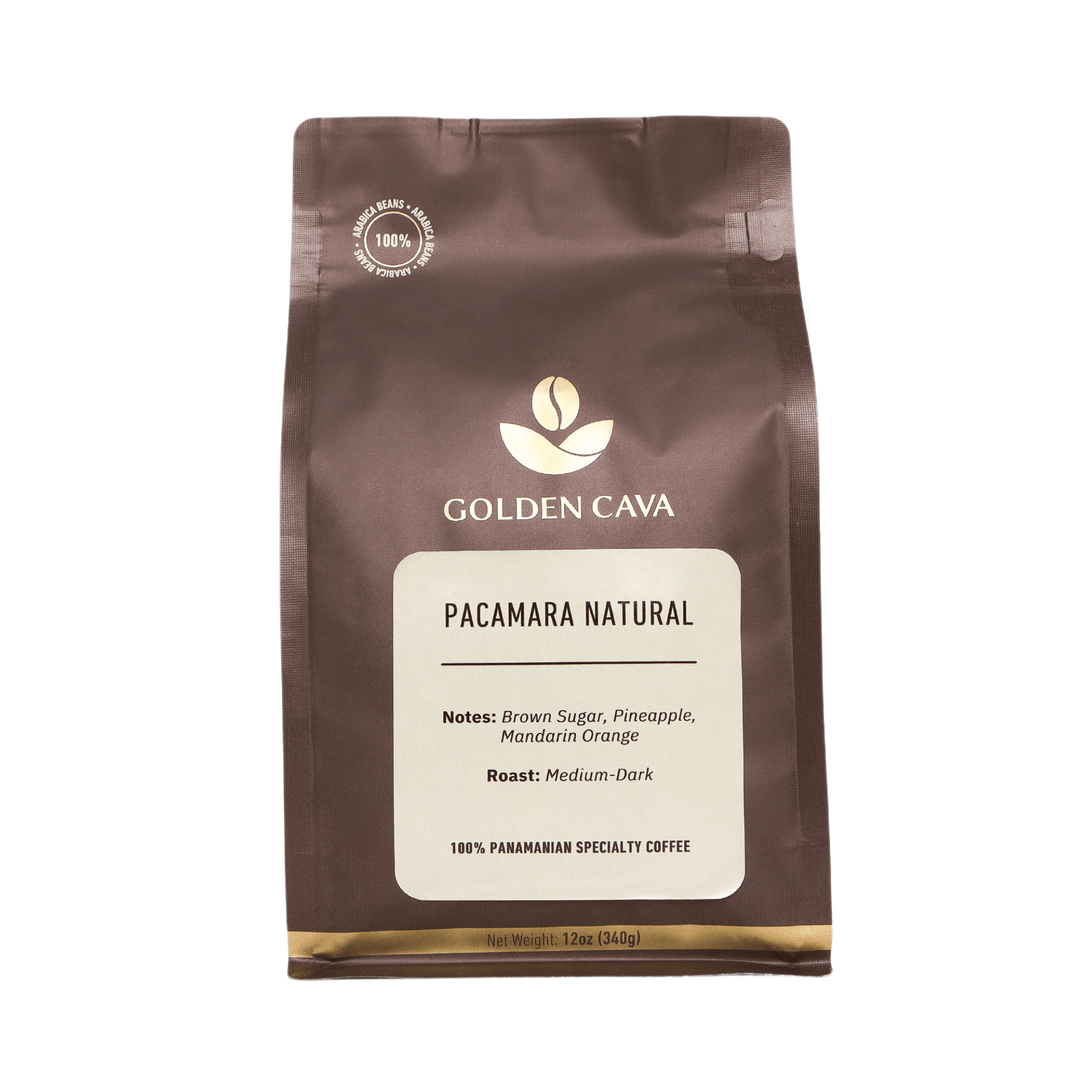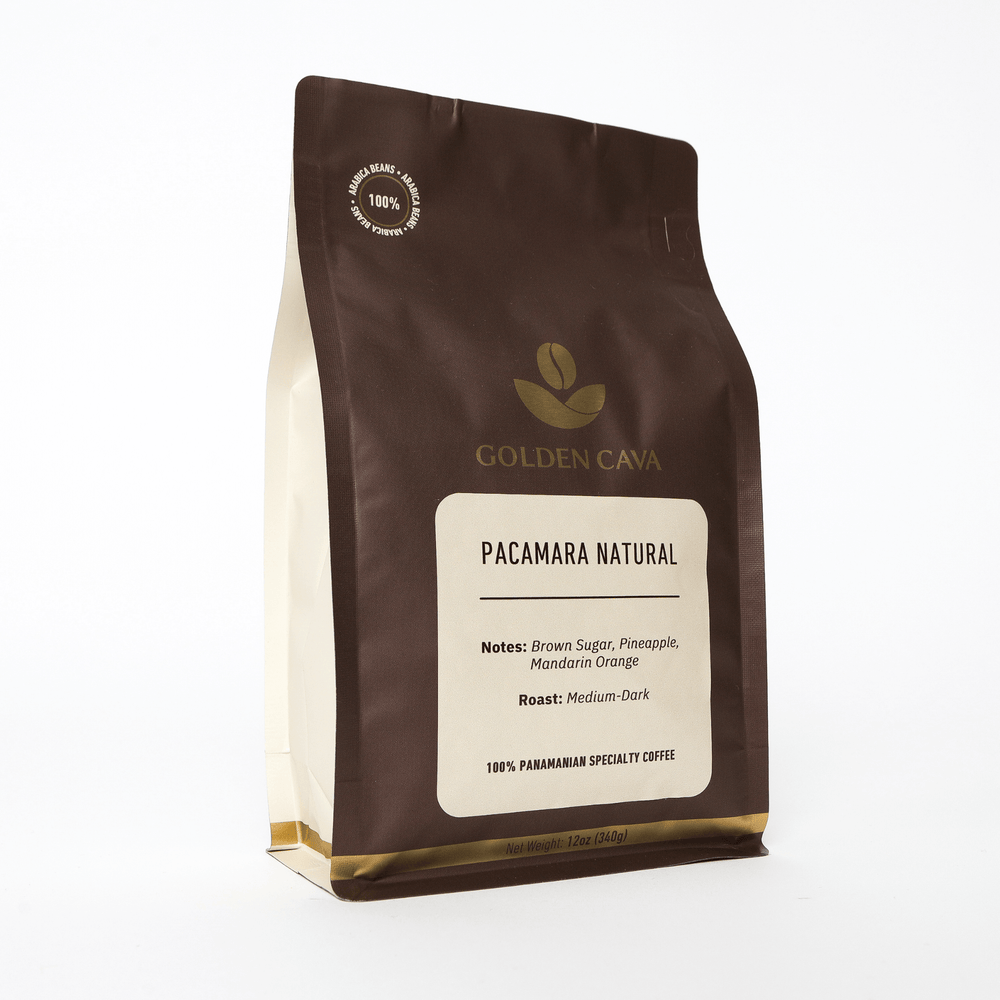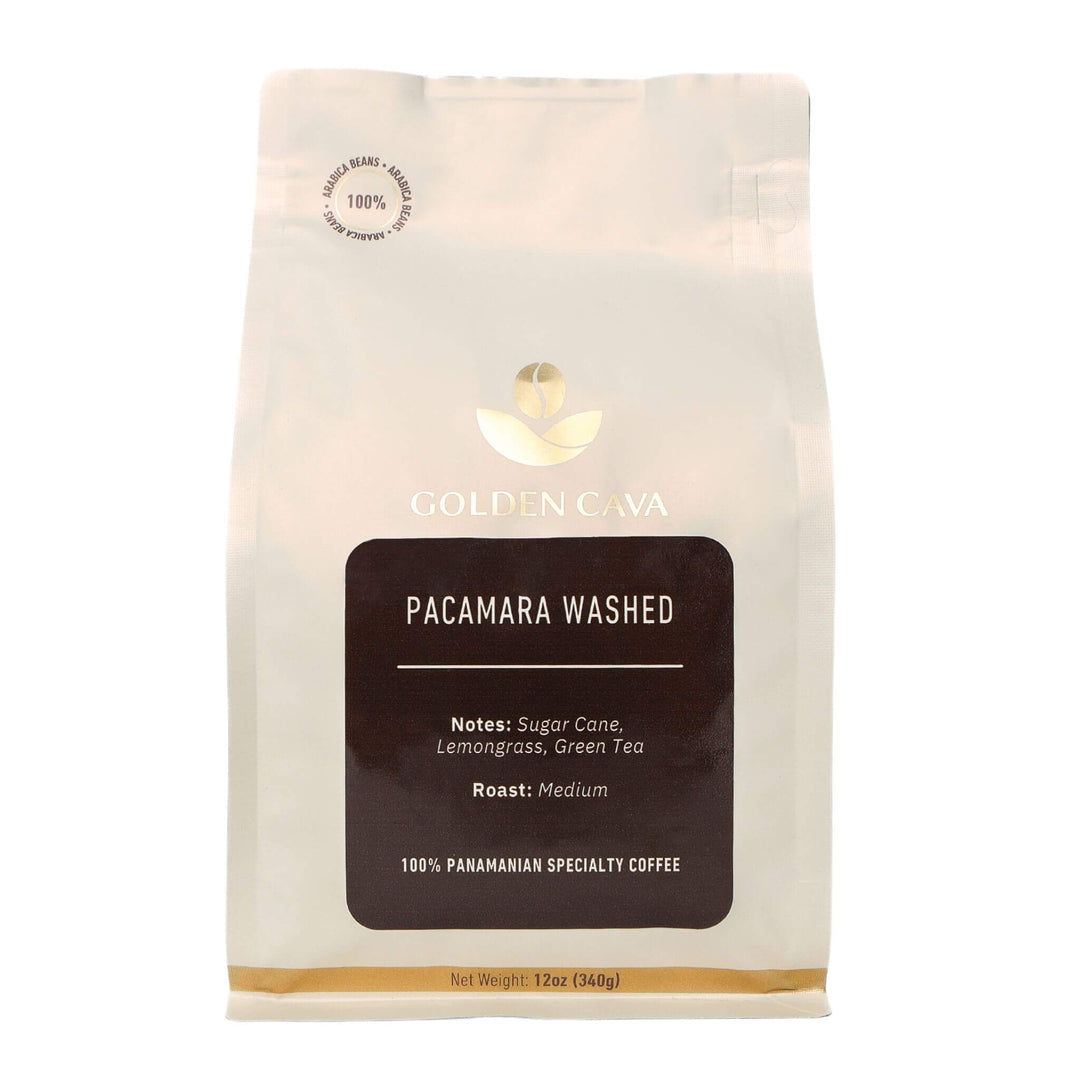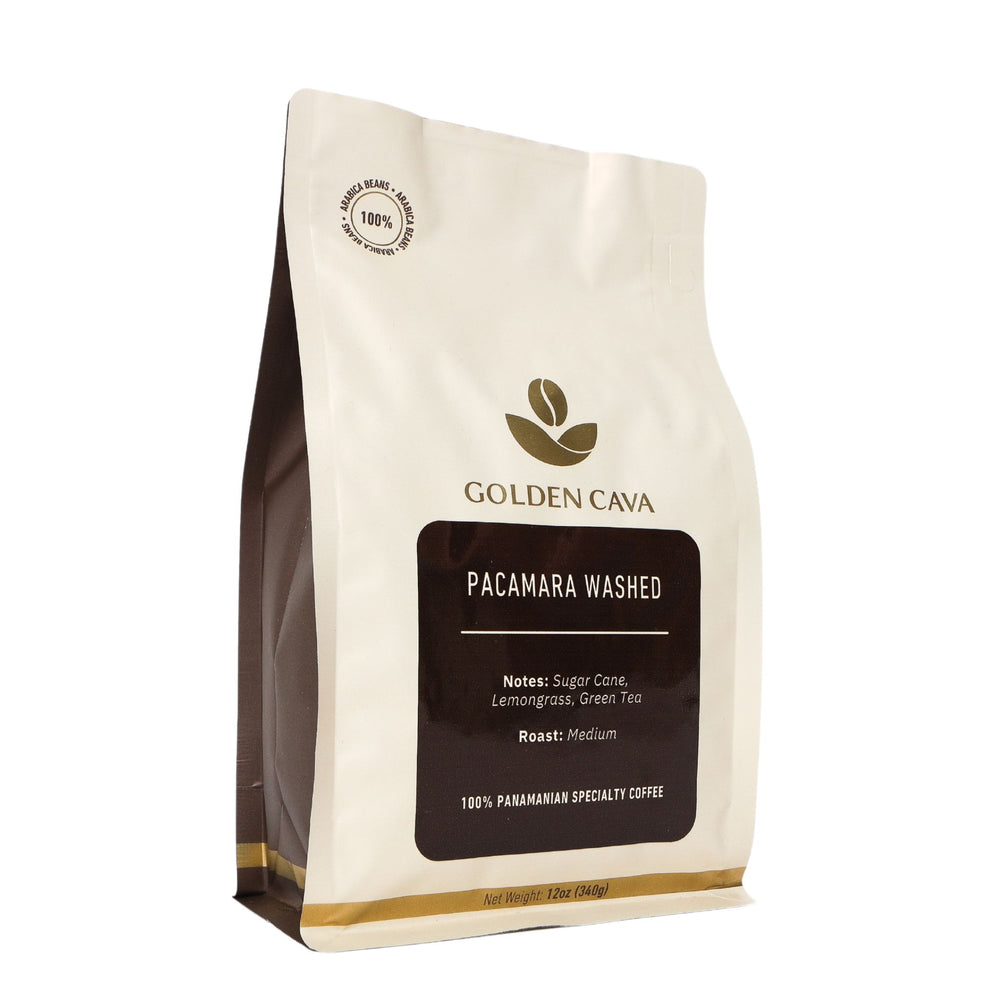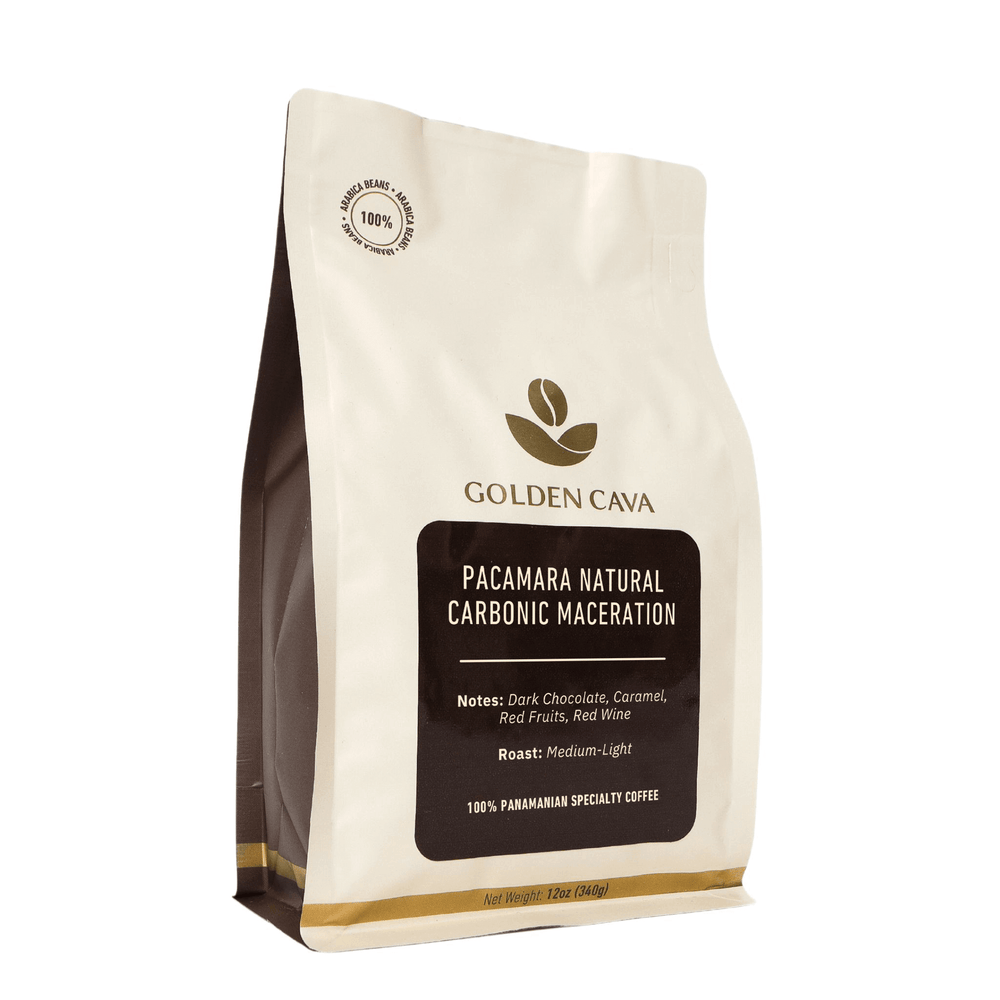What is Drip Coffee? A Comprehensive Guide for Coffee Lovers
Have you ever wondered, 'What exactly is drip coffee?' Whether you're a seasoned coffee connoisseur or a casual coffee drinker, you're not alone in your inquiry. Drip coffee, also known as brewed or filtered coffee, is a popular way to make a delicious cup of coffee. Today, we'll delve into the world of drip coffee, learning about its essence and the tools that make it possible.
We'll walk you through the drip brewing process and highlight the essential tools needed to make the perfect cup, whether at home or for your business. Also, learn about the distinct characteristics of drip brew that set it apart from competitors such as the French press and espresso.
And for those looking for that extra bit of perfection? We'll review how to master the pour-over technique and select the ideal grind size for flavor extraction. So come on in, and let's unravel the rich tapestry of drip coffee together.
1. What is Drip Coffee?
Drip brewing involves pouring hot water over ground coffee in a container (cup or carafe) while the beans steep. Coffee connoisseurs prefer this brewing method because of its ease of use, consistency, and potential for producing a tasty drink with little effort.
A Brief History of Drip Coffee
In 1908, German housewife Melitta Bentz invented the first paper filter, ushering in the era of drip brewing. She set out to find a foolproof method of brewing delicious coffee without worrying about any of the grounds making it into her mug. Her innovation led to the development of modern drip brewers that are used all over the world today.
Characteristics of Drip Coffee
- Balanced Flavor: The slow extraction process allows for a balanced flavor profile that highlights both acidity and sweetness present in the beans.
- Clean Cup: Using paper filters helps remove oils and fine particles from your brew, resulting in a clean-tasting cup free from sediment often found in other methods like the French press.
- Versatility: With this method, you can easily adjust variables such as grind size, water temperature, and brew time to achieve your desired taste preferences.
Taste Profile Comparison: Drip vs Other Brewing Methods
On the other hand, Drip coffee has a lighter body but more pronounced flavors due to the slower extraction process than other brewing methods like espresso or the French press. The high pressure used to extract espresso, on the other hand, is what gives it its distinct flavor. Because of the extra oils extracted, French press coffee has more body, but it can leave sediment in your cup.
Now that we've established what distinguishes drip coffee from other brewing methods let's look at how to make the perfect cup at home.
Using a drip brewer to make your favorite caffeinated beverage is simple and convenient. Understanding the science of drip coffee brewing allows for consistent results each time.

Key Takeaway: Since 1908, drip coffee, sometimes called pour-over or filter coffee, has been transforming our morning routines. This elegant brewing technique yields a cup that's pristine in taste, harmoniously blending the acidity and sweetness inherent in coffee beans. The beauty of drip coffee lies in its adaptability. From grind size to water temperature, you're in the driver's seat, tweaking the process to fit your unique palate – a true treat for every coffee enthusiast.
2. How Does Drip Coffee Work?
Drip coffee is made by slowly pouring hot water over ground coffee and allowing gravity to do the work of releasing the aroma and flavor of the coffee into your cup or carafe. This method of brewing coffee is popular because it requires little user effort while always producing delicious coffee.
A. The Brewing Process
- Heating Water: As the first step in making drip coffee, heat water to a temperature of 195 to 205 degrees Fahrenheit (90 to 96 degrees Celsius). Coffee soluble should be extracted at a steady but not too fast rate, so the temperature should be adjusted accordingly.
- Wetting Grounds: Pouring hot water over freshly ground beans in a filter holder lined with filter paper produces coffee. It is critical to wet the grounds uniformly for them to become fully saturated and ready for extraction.
- Brewing Time: The hot water extracts the soluble compounds in the grounds, such as oils, acids, and other flavoring components. A small batch should be extracted in four minutes, while a large batch should be extracted in six minutes.
- Coffee Collection: The brewed beverage is then slowly poured into your mug or if made for more than one person, a carafe.
B. Factors Affecting Extraction Quality
When brewing a memorable cup of drip coffee, the details matter. Let's take a moment to walk through some key considerations that can make or break your brew:
- Grind Size: Think of your coffee grounds as the storytellers of your brew. A medium grind typically hits the sweet spot for drip brewing, balancing the pace of water flow and extracting flavors just right.
- Coffee-to-Water Ratio: This is where art meets science in coffee brewing. While a common rule of thumb is two tablespoons of coffee for every six ounces of water, remember, your palate's the boss. Adjust until it feels right for you.
- Brewing Temperature: Remember how we talked about temperature? Keeping it consistent ensures we're drawing out the right flavors without leaving behind unwanted ones.
But before you take that coffee plunge, having a solid grip on the drip coffee fundamentals is good. And trust me, with the right tools in hand, and brewing becomes less of a chore and more of a joy. So, what do you need to get started on your home-brew journey?

Key Takeaway: Drip coffee is about letting gravity do its magic, pulling out the rich aromas and flavors from those grounds. To master it, focus on the finer details like temperature, grind size, and your coffee-to-water balance. In a nutshell: finesse those finer points and get ready to savor every sip.
3. What Equipment Do I Need for Drip Coffee?
Dreaming of that perfect cup of drip coffee? It all begins with the right tools. Here's a list of items that will help you create the perfect cup:
- Filter holder: Consider this the stage where your coffee beans shine. Whether you're team reusable metal or team disposable paper, it's all about holding those grounds in place.
- Filter paper: If you're leaning towards disposable filters, opt for ones that let the water dance through without leaving a trace of flavor. Names like Hario V60 and Melitta are favorites for a reason.
- Coffee grinder: For that 'just right' freshness, grind your beans just before brewing. A solid burr grinder, such as the Baratza Encore, will always give you consistent ground.
- Drip kettle or gooseneck kettle: Precision is key. With a slender spout, you're in control of the water flow. The Fellow Stagg EKG or the Hario Buono are some of the trusted choices in the coffee community.
- Carafe or mug: You'll need a carafe or mug to collect your brewed coffee. If you're brewing for multiple people, consider using a thermal carafe like the Bonavita Double-Walled Glass Carafe to keep your coffee hot and fresh.
- Scale: A digital scale accurately measures your ground coffee beans and water, ensuring consistent results with each brew. Look for scales specifically designed for brewing, such as the Acaia Pearl.
Your drip coffee game will be on point once you've armed yourself with these essentials. Investing in the right drip coffee gear can truly transform your brewing experience. Now, let's delve into why this method stands out.

Key Takeaway: This guide will help you perfect your drip coffee technique. From choosing high-quality filters to mastering precise measurements with a digital scale, equip yourself properly, and you'll be sipping barista-level brews in no time.
4. What Are The Benefits Of Drip Coffee?
Drip coffee has made quite a stir in the coffee community, and there's a good reason for its rise in popularity. Whether you're a seasoned coffee enthusiast or someone who needs their morning caffeine fix, here's why drip coffee might be your cup of tea (or, well, coffee):
Consistency in Flavor
With the right setup, drip coffee delivers. It promises a consistent flavor with each brew. While methods like the French press or espresso might call for a barista's touch, drip coffee stands out for its dependable taste, with no fancy skills required.
Ease of Use
Busy mornings? Unexpected guests? No worries. Just load up your ground beans, let hot water work magic, and voilà! No meticulous tamping or mastering intricate techniques. It's all about simplicity and convenience.
Variety in Brewing Options
- Manual Drip: Manual drip systems let you play barista, tweaking water temperature and pour speed to your heart's content.
- Automatic Drip: If you're more of a 'set it and forget it' type, automatic drip machines have your back. Prep at night and wake up to the aroma of fresh coffee.
- Cold Brew: For those who enjoy cold beverages on hot days, chill out with the cold brew option on some drip brewers. It's all about that extended steeping time for a cool, refreshing cup.
Energy Efficiency
These brewers don't just charm with their flavors. They're energy-efficient and often gentler on the wallet than their espresso machine counterparts. So, with drip coffee, you're getting a delightful brew and versatility, ease, and affordability. Now, let's dive deeper into crafting that ideal cup.
Affordability
Regarding cost, drip coffee makers are generally more affordable than other brewers, such as espresso machines. You can find quality drip coffee makers at various prices, making this method accessible to all budgets without compromising taste or convenience.
The benefits of drip coffee are numerous, from convenience to flavor. With the correct methods and apparatus, crafting a delightful cup of drip coffee that will content all tastes is achievable. Now let's explore how you can make the perfect cup of drip coffee.

Key Takeaway: The main idea is that drip coffee is perfect for those who want to make delicious coffee without too much trouble. It's easy to use, comes with a wide variety of brewing options, and maybe a more cost- and resource-effective way to get your daily dose of caffeine.
5. How to Make The Perfect Cup Of Drip Coffee?
The road to a flawless cup of drip coffee is paved with a few key steps. For those mornings when you need your brew to be just right, or perhaps those afternoons when you want to indulge in a café-like experience at home, here's a handy guide to achieving that perfection:
- Grinding Matters: Start with fresh coffee beans and grind them just before brewing. This simple step preserves those tantalizing oils and fragrances, making your coffee truly sing.
- Precision in Measurements: A ballpark measurement? Two tablespoons of freshly ground coffee for every six ounces of water. Like it bolder or milder? Adjust away!
- Filtering with Finesse: The right filter holder ensures water seeps uniformly through the coffee grounds. As for the filters, top-quality paper ones are great for a pure brew. If you're thinking green, reusable metal filters are an excellent pick.
- Temperature's the Key: Bring your water to a cozy range of 195-205°F (90-96°C). This sweet spot ensures your coffee flavors are extracted just right. Consider a kettle with temperature control for that extra touch of precision.
- The Art of Pouring: As you pour your heated water, think slow, steady, and circular. This method ensures each coffee ground gets its moment in the limelight, leading to a well-rounded flavor.
- Time It Right: The golden time frame for brewing? Somewhere between 4 to 6 minutes. Quick brews might leave you a lackluster flavor, while an extended one risks getting too bitter. Feel free to experiment within this window to find your sweet spot.

Key Takeaway: A finely ground, fresh blend of beans, heated water at 195-205°F, and filtered with quality holders and paper filters are all required for the perfect cup of drip coffee. Finally, pour hot water over the ground in circular motions for 4-6 minutes for a consistently delicious cup.
Frequently Asked Questions What is Drip Coffee
What is drip coffee's explanation?
Think of drip coffee as a hassle-free approach to coffee brewing. Most of the time, we're talking about an automatic drip coffee maker that streamlines the process, ensuring you get a consistently good cup every time.
Why is it called drip coffee?
It's called "drip" coffee because of the way hot water drips through the ground beans in a filter. This method stands out from others like the espresso (which relies on pressure) or the French press (which uses steeping) due to its distinct dripping extraction technique.
What is the difference between drip coffee and regular coffee?
Drip coffee typically employs an automatic machine and a filter (paper or metal). On the other hand, when someone says, 'regular coffee', it's a broad term. It could mean any brewing method, from the classic pour-over and French press to the old-school percolator. Each method, drip included, imparts its unique flavor twist to the coffee.
